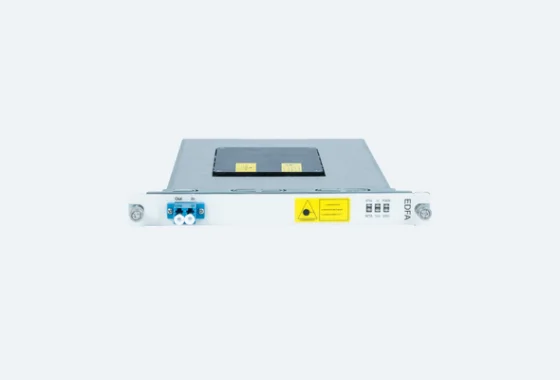wire cutting mold compensation refers to the adjustment of electrodes and processing parameters during mold cutting to achieve better cutting effects and higher processing accuracy. The following are some common wire cutting mold compensation methods:
1. Electrode compensation: When the mold is cut, the gap between the electrode and the workpiece will affect the accuracy and efficiency of the cutting. Therefore, the gap needs to be compensated by adjusting the position and shape of the electrode. In general, the electrode compensation can be achieved by adjusting the offset of the electrode, the shape and size of the electrode and other parameters.
2. Machining parameter compensation: Machining parameters include voltage, current, speed, etc., which has an important impact on cutting effect and accuracy. In the mold cutting, it is necessary to adjust the processing parameters according to different materials and mold shape and other factors to achieve the best cutting effect. For example, for materials with higher hardness, the voltage and current can be appropriately increased to obtain better cutting results.
3. Cutting path compensation: The cutting path refers to the path where the electrode moves during processing. When cutting the mold, it is necessary to adjust the cutting path according to the shape and size of the mold and other factors to achieve the best cutting effect and accuracy. For example, for molds with complex shapes, multi-section cutting paths can be used to reduce errors and deformation.
4. Coolant compensation: In the mold cutting, the coolant can effectively reduce the workpiece temperature and wear, improve the cutting effect and processing accuracy. Therefore, it is necessary to select the appropriate coolant and flow rate according to different materials and cutting requirements in order to achieve the best cutting effect and accuracy.
In short, wire cutting die compensation is a very important work, which needs to be adjusted according to the specific cutting requirements and material characteristics and other factors to achieve the best cutting effect and accuracy.
Talent Import
Juliet.zhu@talentcnc.com

